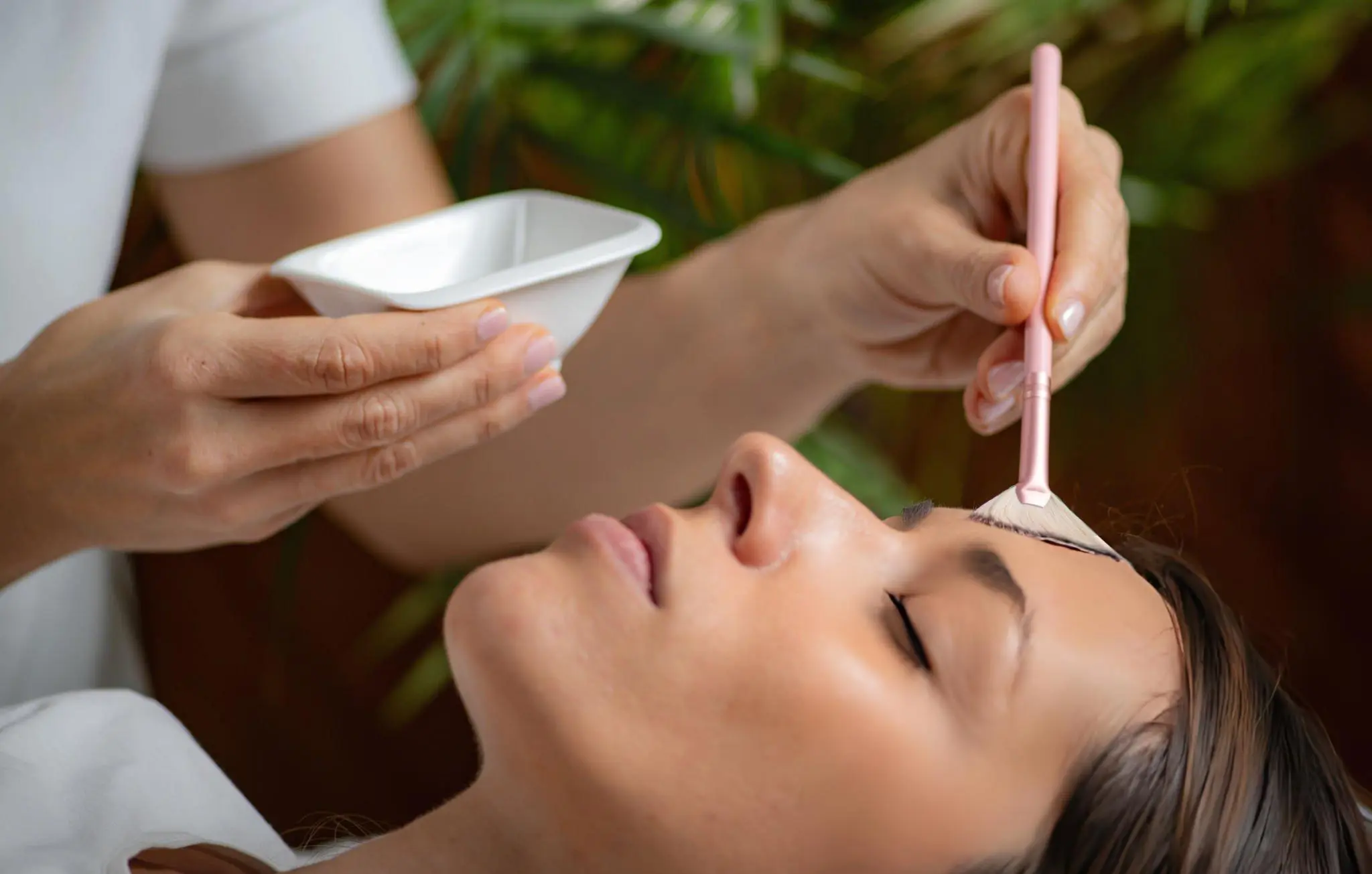Understanding Chemical Peel Frequency – The Key to Skin Renewal
Chemical peels are like a magic reset button for your skin. But here’s the million-dollar question: how often should you get a chemical peel to see real results without overdoing it? Whether you’re battling hyperpigmentation, fighting signs of aging, or just chasing that glow-up, understanding the ideal frequency isn’t just helpful—it’s essential for safe, visible, and long-term skin improvement. Superficial vs. Medium vs. Deep Peels: What’s Right for You? Choosing the right chemical peel depends on your skin goals, sensitivity, and recovery time. Here’s a quick comparison of each type:
| Peel Type | Depth | Downtime | Best For | Frequency | Risks |
| Superficial | Outer skin layer (epidermis) | None to 1 day | Mild acne, dullness, early signs of aging | Every 4–6 weeks | Mild redness, dryness |
| Medium | Middle and outer skin layers | 5–7 days | Wrinkles, pigmentation, acne scars | Every 3–4 months | Peeling, sun sensitivity |
| Deep | Deep dermal layers | 2–3 weeks | Deep wrinkles, severe sun damage | Once a year or less | Scarring, pigment changes |
Always consult a skincare professional to decide the right peel and frequency based on your skin condition and treatment goals.
Why Frequency Matters
Your skin is unique, and so is its healing process. Getting chemical peels too often can damage your skin, while spacing them too far apart might slow down your desired results. It’s all about finding that sweet spot.
Types of Chemical Peels: Choosing Your Skin’s Perfect Match
Not all chemical peels are created equal. Here’s a breakdown of the main types:
1. Light (Superficial) Chemical Peels
- Depth: Removes outer layer of skin
- Primary Ingredients: Glycolic acid, Salicylic acid
Best for:
- Mild acne
- Slight discoloration
- Fine lines
- Quick skin refresh
- Frequency: Every 4-6 weeks
2. Medium Chemical Peels
- Depth: Penetrates middle and outer skin layers
- Primary Ingredient: Trichloroacetic acid (TCA)
- Best for:
- Deeper wrinkles
- More pronounced pigmentation
- Moderate skin damage
- Frequency: Every 3-4 months
3. Deep Chemical Peels
- Depth: Penetrates deeper skin layers
- Primary Ingredient: Phenol-based solutions
Best for:
- Severe skin damage
- Deep wrinkles
- Significant sun damage
- Frequency: Once per year or less
How to Prepare for a Chemical Peel: Your Pre-Treatment Checklist
Preparation Is Key
- Stop using retinoids 5-7 days before treatment
- Avoid direct sun exposure
- Stay hydrated
- Inform your provider about medications
- Avoid waxing or hair removal
- Consider antiviral medication if you have a history of cold sores
How Long Does a Chemical Peel Take?
Typical Chemical Peel Timeline:
- Consultation: 15-20 minutes
- Peel Application: 15-30 minutes
- Post-Treatment Care: 10 minutes
- Total Time: 30-60 minutes
Hyperpigmentation Treatment: How Many Peels Do You Need?
For targeting hyperpigmentation effectively:
- Light Peels: 3-6 treatments
- Medium Peels: 2-3 treatments
- Maintenance: Every 2-3 months
- Expected Results:
- 50-70% improvement in 3-6 months
- Consistent skincare routine crucial
What is the Recommended Time Between Superficial Peel Treatments ?
Ideal Intervals Based on Peel Type
- Light Peels: Minimum 4 weeks between treatments
- Medium Peels: 3-4 months between sessions
- Deep Peels: 6-12 months between treatments
Factors Affecting Frequency
- Skin Type
- Treatment Goals
- Skin Sensitivity
- Overall Skin Health
The Chemical Peel Recovery Timeline
What to Expect After a Peel
- Day 1-2: Slight redness, mild tingling
- Day 3-5: Skin begins to peel
- Day 6-7: New skin emerges
- Day 8-14: Full recovery and results visible
Worst Days After a Chemical Peel
- Day 3-5: Most significant peeling and sensitivity
- Tips to Manage:
- Gentle skincare
- Avoid direct sun exposure
- Hydrate extensively
- Use recommended post-peel products
Cost Considerations
Chemical Peel Pricing Breakdown:
- Light Peels: $100-$300
- Medium Peels: $500-$1,500
- Deep Peels: $2,000-$6,000
Pro tip: Invest in quality over cheap treatments!
Potential Side Effects and Management
Common Side Effects
- Redness
- Skin Peeling
- Temporary Sensitivity
- Mild Discomfort
When to Consult a Professional
- Excessive Pain
- Signs of Infection
- Unusual Skin Reactions
- Prolonged Healing
Expert Tips for Maximizing Chemical Peel Results
- Consistency is Key
- Follow Post-Treatment Instructions
- Protect Your Skin from Sun Exposure
- Maintain a Solid Skincare Routine
- Listen to Your Skin Professional
Common Myths About Chemical Peels
They’re painful Many believe chemical peels are intensely painful. In reality, most people experience only mild tingling or warmth, especially with light to medium peels. Deep peels may involve more sensation, but professionals ensure your comfort with numbing agents or aftercare support. You only need one One peel may refresh your skin, but visible, lasting results often require a series of treatments. Skin conditions like hyperpigmentation, acne scars, or wrinkles respond best to a consistent treatment plan based on your skin type and goals. They’re not safe for darker skin tones When done correctly, chemical peels are safe for all skin tones. The key is choosing the right peel type and strength. Qualified professionals will assess your skin to reduce the risk of pigmentation issues and ensure optimal results.
Final Thoughts: Your Personalized Peel Journey
Chemical peels aren’t a one-size-fits-all solution. They’re a personalized path to healthier, more radiant skin. Work closely with a skincare professional to create a treatment plan that’s uniquely yours. Ready to Transform Your Skin? Book a consultation and discover your perfect chemical peel strategy!



